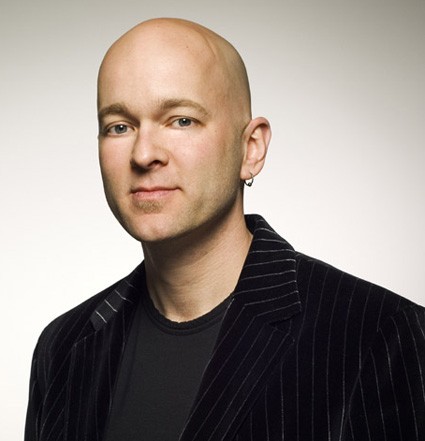CTO is Not Equal to IT

But companies that provide IT and computers are just a small fraction of those that employ the CTO position. A CTO provides executive level focus on and contribution from technologies that contribute to a company's profitability. For example, a company that mines copper would have a CTO focused on mining engineering and chemical processes for extracting copper. That CTO may not spend any time or energy on the IT products and services that the mining company consumes.
Many IT companies, CTOs, and CIOs mistakenly assume that the CTO of all companies is concerned with IT and works in conjunction with the CIO and an IT staff. I often receive sales calls from sales reps who cannot imagine that my position is very interested in new types of lasers, electronic textiles, supercomputing, and computer graphics ... but has no interest in IT products.
I certainly respect the IT industry and even have a couple of projects that are looking to extract new and powerful ideas from that field to use in other fields.












